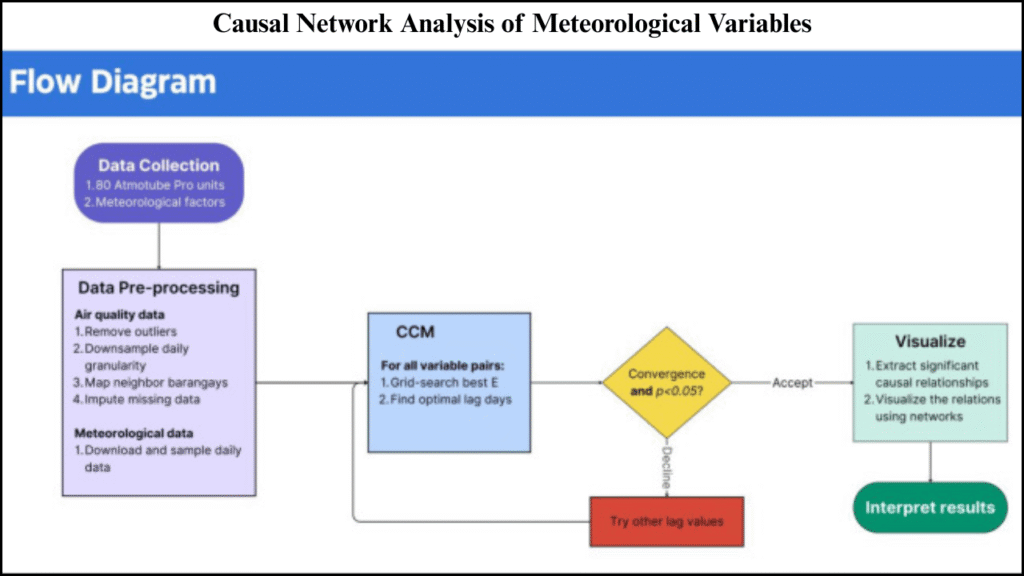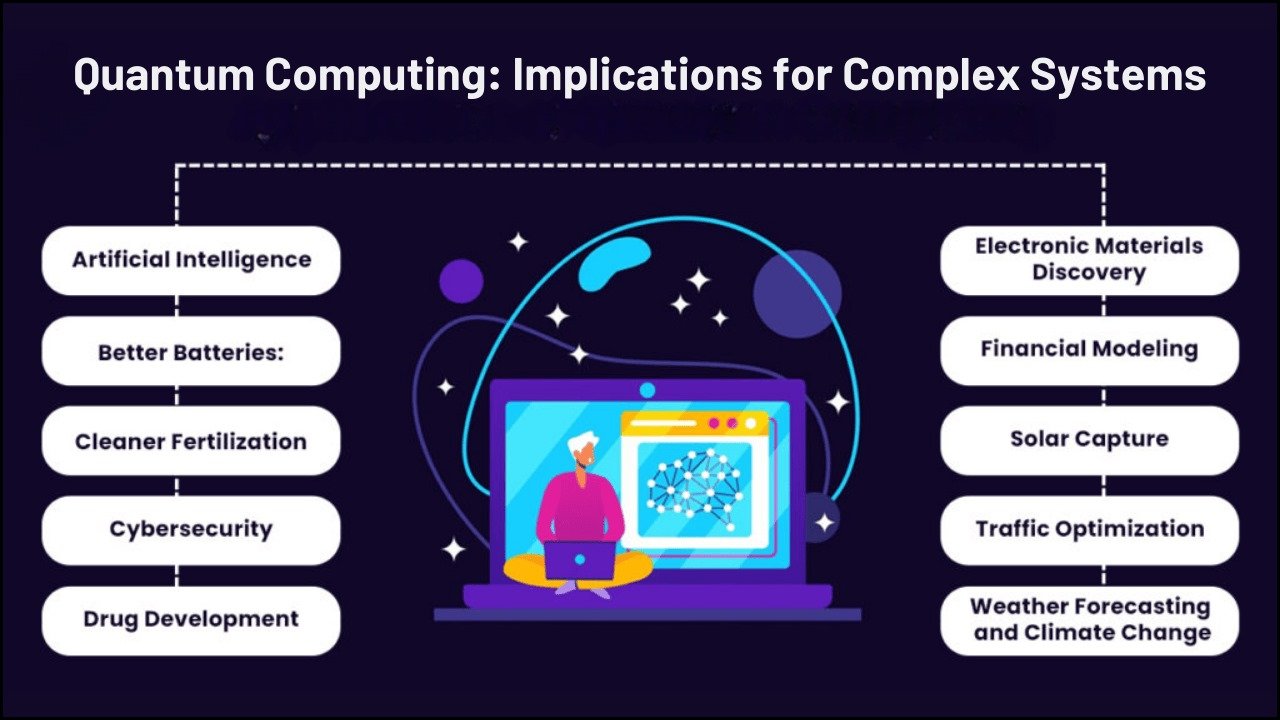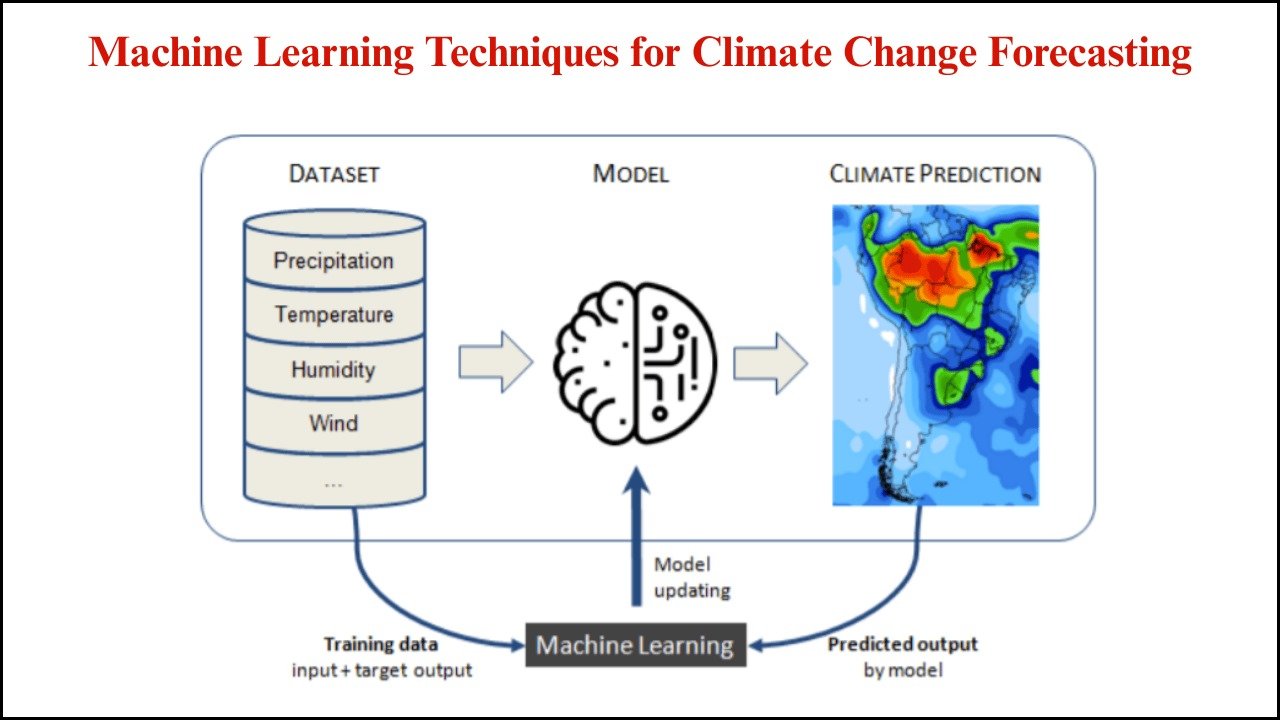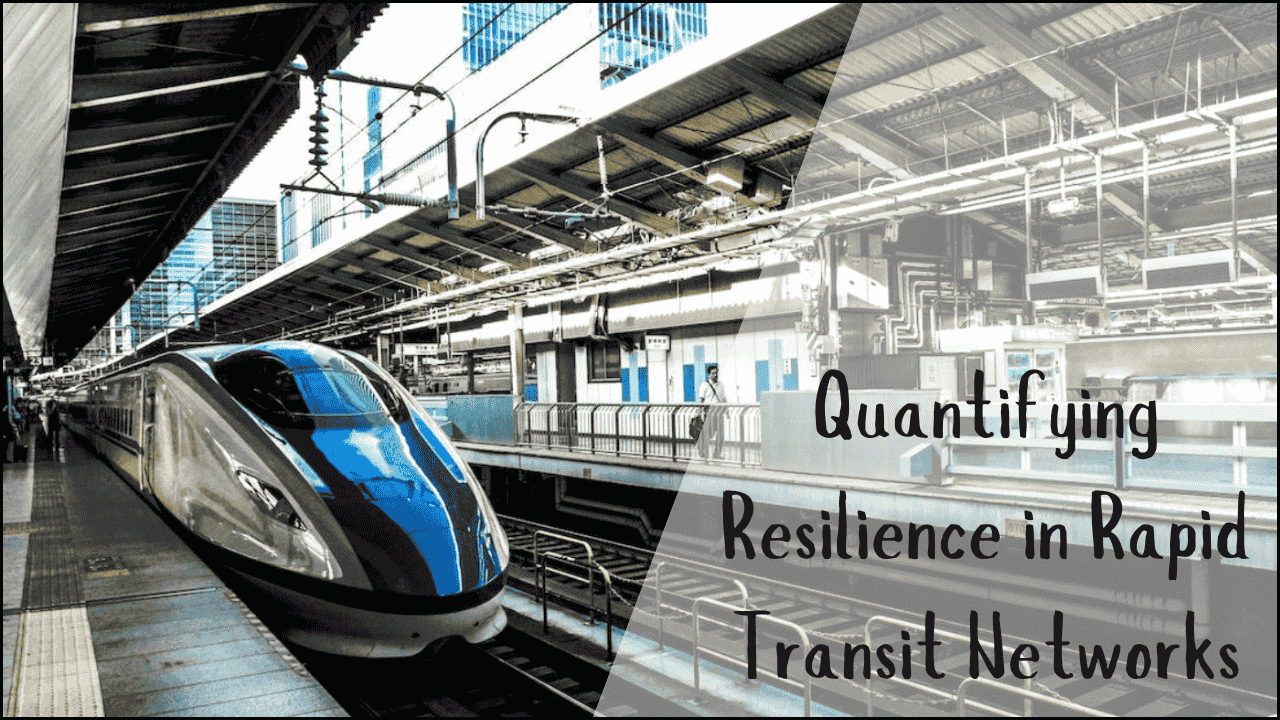
Weather science depends on the interaction of multiple factors such as temperature, rainfall, humidity, wind, and solar radiation. A simple correlation often fails to capture the complexity of these interactions. Causal network analysis provides a systematic way to reveal the direction and strength of cause-and-effect relationships among meteorological variables. By treating each variable as a node and the connections as causal links, scientists can model the hidden structures of climate systems, improve predictions, and better understand environmental patterns.
Table of Contents
Meaning of Causal Network Analysis
- Causal network analysis refers to a statistical and computational method that studies directional relationships between variables.
- Unlike correlation, which only shows association, causal networks reveal which variable influences another.
- Graphical models, probability-based methods, and machine learning tools are often used to detect causality.
- Meteorology benefits from this approach because weather elements interact in nonlinear, dynamic, and feedback-driven ways.
Key Meteorological Variables in Causal Networks
- Temperature – Governs evaporation, rainfall, and pressure distribution.
- Humidity – Influences cloud formation and precipitation.
- Rainfall – Acts as an outcome of multiple factors like temperature, humidity, and wind circulation.
- Wind Speed and Direction – Redistributes heat and moisture across regions.
- Air Pressure – Drives large-scale circulation patterns.
- Solar Radiation – Provides the energy source for all atmospheric processes.
- Sea Surface Temperature (SST) – Plays a major role in global climate systems such as monsoons and El Niño.
Approaches to Causal Network Analysis
- Granger Causality – Tests whether past values of one variable improve the prediction of another.
- Bayesian Networks – Use probability distributions to infer causal structures.
- Structural Equation Modeling (SEM) – Represents linear and non-linear relationships.
- Transfer Entropy – Captures nonlinear directional influence between time series.
- Graph Theory Techniques – Represent causal variables as nodes with directed edges.
Importance of Causal Network Analysis in Meteorology
- Provides deeper insights into the role of each meteorological factor.
- Helps forecast extreme events like floods, droughts, and storms.
- Supports climate modeling by clarifying interdependencies.
- Assists in disaster preparedness by identifying early-warning indicators.
- Guides agriculture and water resource management through accurate rainfall prediction.
Comparing Correlation and Causality
| Aspect | Correlation | Causality |
|---|---|---|
| Definition | Shows statistical association | Shows directional influence |
| Direction | Symmetric (A with B) | Asymmetric (A causes B) |
| Prediction Ability | Limited | Strong predictive power |
| Meteorological Use | Identifies linked variables | Identifies drivers of climate processes |
| Example | Rainfall correlates with humidity | Humidity causes rainfall |
Applications in Weather and Climate Studies
- Monsoon Prediction
- Causal analysis links sea surface temperatures in the Indian Ocean with rainfall patterns.
- Cyclone Formation
- Pressure differences, wind circulation, and ocean temperature can be analyzed for causal direction.
- Drought Assessment
- Long-term causal links between rainfall deficits and soil moisture depletion are identified.
- Heatwaves
- Temperature rise is studied in relation to radiation imbalance and wind stagnation.
- El Niño–Southern Oscillation (ENSO)
- Causal networks highlight the influence of Pacific Ocean warming on global weather anomalies.
Steps in Building a Causal Network of Meteorological Variables
- Data Collection
- Sources include satellites, ground stations, reanalysis datasets, and ocean buoys.
- Preprocessing
- Noise removal, missing value correction, and temporal alignment are applied.
- Causal Detection
- Statistical methods like Granger causality, Bayesian inference, or transfer entropy are applied.
- Network Construction
- Nodes represent meteorological variables and edges indicate causal influence.
- Validation
- Models are tested against real-world observations and simulation outputs.
Example of Causal Relationships in Meteorological Systems
| Cause Variable | Effect Variable | Explanation |
|---|---|---|
| Solar Radiation | Temperature | Radiation drives atmospheric heating |
| Temperature | Evaporation | Higher heat increases evaporation rates |
| Humidity | Rainfall | Moisture availability influences precipitation |
| Wind Speed | Pressure Gradient | Strong winds balance air pressure differences |
| Sea Surface Temperature | Monsoon Rainfall | Ocean warming affects atmospheric circulation |
Challenges in Causal Network Analysis
- Complexity of Nonlinear Interactions – Weather processes are not always linear.
- Temporal Resolution Issues – Causality depends on time scales (daily, seasonal, annual).
- Data Gaps and Quality – Missing or inaccurate data affect causal detection.
- Confounding Variables – Multiple hidden factors may distort causal inference.
- Computational Demands – Large-scale climate data require advanced computing power.
Future Directions in Causal Meteorology
- Integration of artificial intelligence and deep learning with causal frameworks.
- Development of real-time causal forecasting systems for extreme weather events.
- Use of global climate models (GCMs) with embedded causal inference algorithms.
- Greater application in climate change studies to track long-term variable interactions.
- Expansion into regional and local weather prediction for agriculture and disaster mitigation.
Case Study: Indian Monsoon Causal Network
- Researchers found that:
- Sea surface temperature in the Pacific Ocean influences rainfall in India.
- Land surface heating over South Asia affects monsoon onset.
- Wind circulation patterns act as a mediator between ocean conditions and rainfall.
- Network analysis revealed that SST → Wind → Rainfall was a dominant causal pathway.
- Such insights improved long-range monsoon forecasts, benefiting farmers and policymakers.
Benefits of Causal Network Analysis in Meteorology
| Benefit | Explanation |
|---|---|
| Improved Forecasting | Identifies leading indicators of rainfall, storms, and heatwaves |
| Disaster Preparedness | Helps build early-warning systems |
| Climate Change Research | Detects long-term cause-effect shifts |
| Agricultural Planning | Guides crop cycles through rainfall prediction |
| Water Management | Helps reservoir and dam management |
| Policy Support | Provides evidence-based insights for governments |
Parting Insights
Causal network analysis offers a transformative way to study meteorological variables beyond simple correlation. Each atmospheric element interacts with others through dynamic cause-and-effect relationships that shape local weather and global climate. By applying advanced statistical and computational tools, researchers can improve forecasting accuracy, strengthen disaster preparedness, and deepen climate change understanding. A future where causal networks are integrated with real-time data promises greater resilience and adaptive strategies for societies worldwide.





